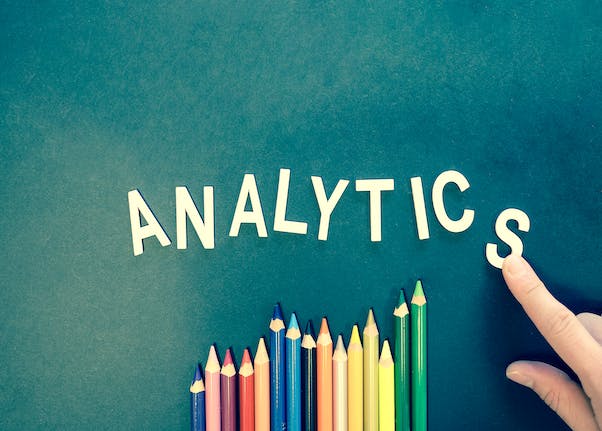
In the vast expanse of B2B lead generation, data and analytics act as the compass, guiding businesses toward strategies that yield results and away from those that don't. With increasing competition, leveraging data-driven insights isn't just recommended; it's imperative.
This article delves into how B2B businesses can harness the power of data and analytics to bolster their lead generation efforts, from the tools at their disposal to the intricacies of data interpretation.
The Role of Data in B2B Lead Generation
Data plays a multifaceted role in B2B lead generation:
- Informed Decision Making: Provides actionable insights, reducing guesswork.
- Efficiency: Pinpoints high-performing strategies, enabling resource allocation where it counts.
- Predictive Analysis: Helps anticipate market trends and customer behavior.
Tools for Data Analytics in B2B Lead Generation

While there's an array of tools available, selecting one often depends on specific business needs. Here are some renowned ones:
Google Analytics: A free tool that offers insights into website traffic, behavior, and conversion rates.
HubSpot: Beyond its CRM capabilities, HubSpot provides extensive analytics for content performance, email campaigns, and more.
Tableau: Ideal for visualizing complex datasets, allowing businesses to spot trends and patterns.
Kissmetrics: Provides a deeper dive into website user behavior, enabling better targeting.
Salesforce: With its Einstein Analytics, Salesforce delivers AI-powered insights, ideal for predicting lead behavior.
Gathering the Right Data

Collecting data is essential, but it's crucial to gather relevant data. Here's what you should focus on:
Demographics: Basic info about potential leads, such as industry, job title, company size.
Behavior: Understand how leads interact with your content, which pages they visit, and their dwell time.
Engagement: Monitor email opens, click-through rates, and social media interactions.
Source Data: Determine which channels (organic, paid, social, referral) are driving the most leads.
Interpreting Data for Lead Gen Strategies

Gathering data is half the battle; interpreting it correctly is the key to unlocking its potential.
Conversion Rates: Monitor conversion rates across your site to understand which CTAs and landing pages are most effective. Low conversion might necessitate content or design changes.
Traffic Sources: High traffic from organic search might indicate effective SEO, while a spike from social might suggest a successful campaign. Understanding where traffic is coming from allows you to double down on what's working.
Behavior Flow: Tools like Google Analytics allow you to visualize the path users take through your site. This can reveal bottlenecks or points where users commonly drop off.
Lead Quality: Not all leads are created equal. Monitor which sources are producing the highest quality leads (those that convert to sales) and allocate resources accordingly.
Iterative Approach: Refining Based on Insights

The digital landscape is dynamic. As such, data interpretation shouldn't be a one-off task but an ongoing process.
A/B Testing: If data shows a landing page isn't converting, conduct A/B tests to see which version resonates more with visitors.
Feedback Loops: If certain content pieces consistently lead to high engagement, seek feedback. What about it do leads find valuable?
Predictive Analytics: Use past data to forecast future trends. For instance, if a particular trade show annually results in a surge of leads, prepare in advance for the next one.
Challenges and Pitfalls
While data analytics is potent, it comes with challenges:
Data Silos: Data spread across various platforms can lead to fragmented insights. Integrated systems can help bridge this gap.
Over-reliance: While data is invaluable, it's essential to balance it with human intuition. Data can inform, but human insight will interpret.
In today's B2B arena, lead generation strategies devoid of data-driven insights are akin to sailing blindfolded. By effectively leveraging analytics tools, focusing on relevant data, and honing the art of interpretation, businesses can create a roadmap to lead generation success. The merger of analytics with human intuition offers a formidable formula, ensuring businesses not only attract leads but also foster them into lasting partnerships.